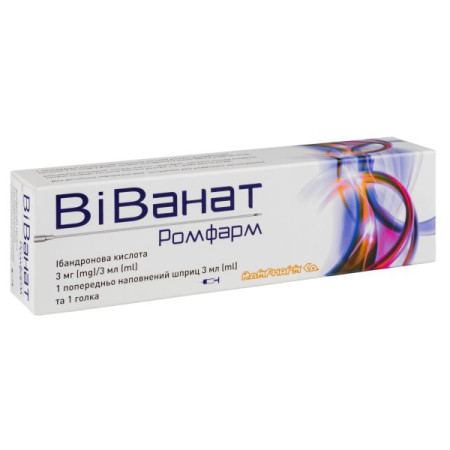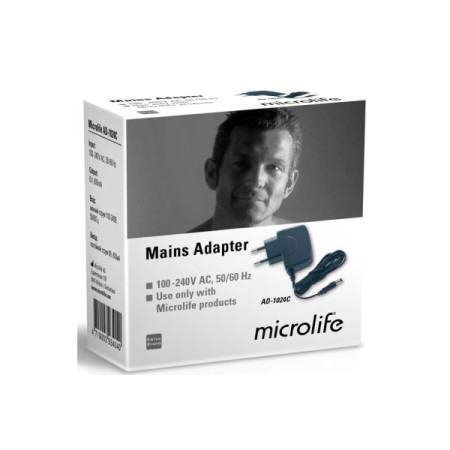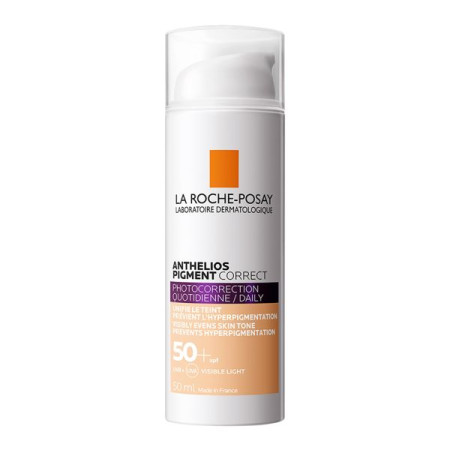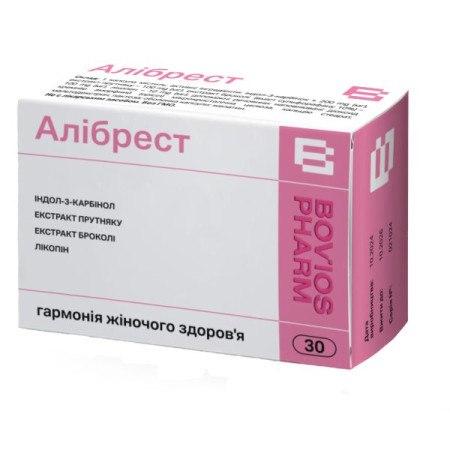Adecyclol powder and solvent for solution for injection 400 mg vial 5 ml No. 5

Instructions Adecyclol powder and solvent for solution for injection 400 mg bottle 5 ml No. 5
Composition
active ingredient: ademetionine;
1 vial of powder contains 760 mg of ademethionine (S-adenosyl-L-methionine 1,4-butane-sulfonate), which corresponds to 400 mg of ademethionine cation;
excipients: none.
1 ampoule with solvent contains L-lysine (50% aqueous solution) calculated as L-lysine, sodium hydroxide, water for injection.
Dosage form
Powder and solvent for solution for injection.
Main physicochemical properties:
powder: hygroscopic powder of white or almost white color;
solvent: light yellow liquid;
Prepared solution: clear, light yellow solution.
Pharmacotherapeutic group
Drugs affecting the digestive system and metabolism. Amino acids and their derivatives. Ademethionine. ATC code A16A A02.
Pharmacological properties
Pharmacodynamics.
S-adenosyl-L-methionine (ademethionine) is a natural amino acid found in almost all tissues and body fluids. Ademethionine primarily acts as a coenzyme and methyl group donor in transmethylation reactions, which are essential metabolic processes in humans and animals. Methyl group transfer (transmethylation) is also an essential metabolic process in the formation of the phospholipid bilayer in cell membranes and contributes to membrane fluidity. Ademethionine is able to cross the blood-brain barrier. The transmethylation process involving ademethionine is key in the formation of neurotransmitters in the central nervous system, including catecholamines (dopamine, noradrenaline, adrenaline), serotonin, melatonin, and histamine.
Ademethionine is also a precursor in the formation of physiological sulfur compounds (cysteine, taurine, glutathione, coenzyme A, etc.) in transsulfuration reactions. Glutathione, the most powerful antioxidant in the liver, plays an important role in hepatic detoxification. Ademethionine increases hepatic glutathione levels in patients with liver damage of both alcoholic and non-alcoholic genesis. Folic acid (folate) and vitamin B12 are necessary co-nutrients in the processes of metabolism and recovery of ademethionine.
Pharmacokinetics.
Absorption
In humans, after intravenous administration, the pharmacokinetic profile of ademetionine is biexponential and consists of a phase of rapid, pronounced tissue distribution and a terminal elimination phase with a half-life of approximately 1.5 hours.
When administered intramuscularly, the drug is absorbed almost completely (96%); the maximum concentration of ademetionine in blood plasma is reached approximately 45 minutes after administration.
After oral administration of enteric-coated ademetionine tablets, the maximum plasma concentration is dose-dependent, is 0.5-1 mg/l and is reached 3-5 hours after taking a single dose of 400 mg to 1000 mg. Plasma concentration decreases to the initial value within 24 hours. Bioavailability after oral administration increases if ademetionine is taken between meals.
Distribution
The volume of distribution is 0.41 l/kg and 0.44 l/kg for ademetionine doses of 100 mg and 500 mg, respectively. Serum protein binding is negligible and is ≤5%.
Metabolism
The reactions that produce, utilize, and regenerate ademethionine are called the ademethionine cycle. In the first step of this cycle, ademethionine-dependent methylase uses ademethionine as a substrate to produce S-adenosyl-homocysteine, which is then hydrolyzed to homocysteine and adenosine by S-adenosyl-homocysteine hydrolase. Homocysteine, in turn, undergoes reverse transformation to methionine by transfer of a methyl group from 5-methyltetrahydrofolate. Ultimately, methionine can be converted to ademethionine, completing the cycle.
Breeding
In radioisotope studies with oral administration of radiolabeled (methyl 14C) ademetionine in healthy volunteers, urinary excretion of radioactive substance was 15.5 ± 1.5% after 48 hours and faecal excretion was 23.5 ± 3.5% after 72 hours, with approximately 60% of the substance remaining incorporated in stable pools.
Indication
Intrahepatic cholestasis in adults, including patients with chronic hepatitis of various etiologies and cirrhosis of the liver;
intrahepatic cholestasis in pregnant women;
depressive syndromes.
Contraindication
Genetic defects affecting the methionine cycle and/or causing homocystinuria and/or hyperhomocysteinemia (e.g. cystathionine beta synthase deficiency, vitamin B12 metabolism defect).
Hypersensitivity to any of the components of the drug (see the "Composition" section).
Interaction with other medicinal products and other types of interactions
Serotonin syndrome has been reported in a patient taking ademetionine while taking clomipramine. Therefore, although the possibility of an interaction is theoretically possible, caution should be exercised when ademetionine is used concomitantly with selective serotonin reuptake inhibitors (SSRIs), tricyclic antidepressants (such as clomipramine), and drugs and herbal remedies containing tryptophan (see section 4.4).
Application features
Intravenous administration should be carried out very slowly (see section "Method of administration and dosage").
Suicide/suicidal thoughts
Depression is associated with an increased risk of suicidal thoughts, suicidal behaviour and suicide (suicidal events). The risk persists until remission occurs in the treatment of depression. Since significant improvement may not occur during the first few weeks of treatment or for several weeks after the initial course of therapy, patients with depression should be closely monitored until improvement is observed.
Other psychiatric conditions for which this drug is prescribed may also be associated with an increased risk of suicidal behavior. In addition, such conditions may be associated with major depressive disorder. When treating patients with major depressive disorder, great caution should be exercised and the same precautions should be taken as when treating patients with other psychiatric conditions.
Since vitamin B12 and folic acid (folate) deficiency may lead to decreased ademetionine concentrations, patients at risk (anemia, liver disease, pregnancy, risk of vitamin deficiency due to other diseases or dietary habits such as vegetarianism) should have regular blood tests to check plasma levels of these substances. If deficiency is detected, treatment with vitamin B12 and/or folic acid (folate) is recommended before or during the use of ademetionine. If these tests are not possible, patients at risk are recommended to use vitamin B12 and/or folic acid (folate) in accordance with the instructions for medical use of these drugs (see section "Pharmacological properties").
Ademetionine is not recommended for use in patients with bipolar psychosis. There have been reports of patients transitioning from depression to hypomania or mania while treated with ademetionine.
There has been one published report of serotonin syndrome in a patient taking ademetionine while taking clomipramine. Although the possibility of an interaction is theoretically possible, caution should be exercised when ademetionine is used concomitantly with SSRIs, tricyclic antidepressants (such as clomipramine), and drugs and herbal remedies containing tryptophan (see section 4.5).
It is known that the effectiveness of ademetionine for the treatment of depression has been demonstrated in short-term clinical studies (3-6 weeks). The effectiveness of ademetionine for more than 6 weeks for the treatment of depression is unknown. There are many ways to treat depression, so patients should consult with their doctor to determine the optimal therapy. Patients should be warned about the need to inform their doctor if during therapy with ademetionine the symptoms of their disease (depression) do not improve or worsen.
Patients with depression are usually at increased risk of committing suicide or other serious acts, therefore they require close supervision and ongoing psychiatric care during treatment with ademetionine in order to monitor the effectiveness of treatment of depressive symptoms.
There have been reports of transient onset or increased anxiety in patients taking ademetionine. In most cases, discontinuation of therapy was not necessary. Sometimes, anxiety resolved after dose reduction or discontinuation of therapy.
Impact on homocysteine immunoassay
Ademetionine interferes with the immunoassay for homocysteine, which may falsely indicate elevated plasma homocysteine levels in patients taking ademetionine. Therefore, non-immunological methods for determining plasma homocysteine levels are recommended for such patients.
Renal impairment: Clinical data on the use of ademetionine in patients with renal impairment are limited. Ademetionine should be used with caution in such patients.
Hepatic impairment: Pharmacokinetic characteristics do not differ between healthy volunteers and patients with chronic liver disease.
Elderly patients
Clinical studies of ademetionine did not include sufficient numbers of patients aged 65 years and over to determine whether there is a difference in response to treatment compared with younger patients. Based on available clinical experience, no differences in response to treatment have been identified between elderly patients and younger patients. In general, dose selection for elderly patients should be made with caution, starting with the lowest recommended dose, taking into account the increased frequency of decreased hepatic, renal, or cardiac function, the presence of concomitant pathological conditions, and the use of other drugs.
Ammonia levels should be monitored in patients with pre-cirrhotic or cirrhotic hyperammonemia who are taking ademetionine in tablet form.
Excipients
This medicinal product contains less than 1 mmol (23 mg) sodium/dose, i.e. essentially 'sodium-free'.
Use during pregnancy or breastfeeding
During clinical trials, no adverse reactions were observed in women treated with ademetionine in the third trimester of pregnancy.
Ademetionine in the first and second trimester of pregnancy should be used only after a careful assessment by the doctor of the benefit/risk ratio for the pregnant woman to the fetus.
During breastfeeding, ademetionine is used only when the expected benefit from its use outweighs the potential risk to the infant.
Ability to influence reaction speed when driving vehicles or other mechanisms
Some patients may experience dizziness during treatment with ademetionine. In such cases, patients should refrain from driving or operating other machinery until symptoms have completely disappeared, as they may affect the speed of reaction during these activities.
Method of administration and doses
Treatment is usually initiated with parenteral administration of the drug followed by the use of ademetionine in tablet form or immediately with the use of tablets.
The powder must be dissolved in the special solvent provided immediately before use.
Ademetionine should not be mixed with alkaline solutions or solutions containing calcium ions.
If the lyophilized powder has a color other than white to yellowish (due to cracks in the vial or exposure to elevated temperatures), it should not be used.
Initial therapy
Intravenous or intramuscular: the recommended dose is 5-12 mg/kg body weight per day. The usual initial dose is 400 mg/day, the total daily dose should not exceed 1000 mg. The duration of initial parenteral therapy is 15-20 days in the treatment of depressive syndromes and 2 weeks in the treatment of liver diseases.
Oral (internal): For oral administration, ademetionine should be used in the form of enteric-coated tablets. The recommended dose is 10-25 mg/kg body weight per day. The usual initial dose is 800 mg/day (2 tablets), the total daily dose should not exceed 1600 mg (4 tablets).
Supportive therapy
Administer orally 2-4 tablets per day (800-1600 mg/day).
The duration of therapy depends on the severity and course of the disease and is determined by the doctor individually.
For intramuscular or intravenous administration, the lyophilized powder should be dissolved in the special solvent provided immediately before use. For intravenous administration, the required dose of ademetionine should be further diluted in 250 ml of saline or 5% dextrose (glucose) solution and infused slowly over 1-2 hours. Any unused portion of the solution should be discarded.
Elderly patients
It is known that clinical studies of ademetionine did not include sufficient numbers of patients aged 65 years and over to determine whether there is a difference in response to treatment between elderly patients and younger patients. However, from available clinical experience, no differences in response to treatment between elderly patients and younger patients have been identified. It is recommended that treatment of elderly patients be initiated at the lowest recommended dose, taking into account the decrease in hepatic, renal or cardiac function, the presence of concomitant pathological conditions and the use of other drugs.
Children.
The safety and effectiveness of ademetionine in children have not been established.
Overdose
Cases of overdose with ademetionine have been reported rarely. In case of overdose, physicians should contact local poison control centers. In general, patient observation and supportive treatment are recommended.
Side effects
The most commonly reported side effects during treatment with ademetionine were headache, diarrhea, and nausea.
The following adverse reactions have been reported with the following frequencies during clinical trials with ademetionine and in spontaneous reports. Adverse reactions are classified by system organ class (MedDRA) and by frequency of occurrence: very common (≥1/10), common (≥1/100, <1/10), uncommon (≥1/1,000, <1/100), rare (≥1/10,000, <1/1,000), very rare (<1/10,000).
On the part of the digestive system: often - abdominal pain, diarrhea, nausea; infrequently - dry mouth, dyspepsia, flatulence, gastrointestinal pain, gastrointestinal bleeding, gastrointestinal disorders, vomiting, esophagitis; rarely - abdominal bloating.
General disorders and administration site conditions: common: asthenia; uncommon: edema, hyperthermia, chills*, injection site reactions*, injection site necrosis*; rare: malaise.
Immune system disorders: uncommon: hypersensitivity*, anaphylactoid reactions* or anaphylactic reactions (e.g. flushing, dyspnoea, bronchospasm, back pain, chest discomfort, changes in blood pressure (hypotension, hypertension) or pulse rate (tachycardia, bradycardia))*.
Infections and infestations: uncommon – urinary tract infections.
Musculoskeletal and connective tissue disorders: infrequently - arthralgia, muscle cramps.
From the nervous system: often - headache; infrequently - dizziness, paresthesia, dysgeusia*.
On the part of the psyche: often - anxiety, insomnia; infrequently - agitation, confusion.
Skin and subcutaneous tissue disorders: common: pruritus; uncommon: hyperhidrosis, angioedema*, allergic skin reactions (e.g. rash, pruritus, urticaria, erythema)*.
Cardiovascular system: infrequently - hot flashes, hypotension, phlebitis.
There have been rare reports of suicidal thoughts/behavior in patients with depressive syndromes (see section "Special warnings and precautions for use").
* Adverse reactions from spontaneous reports that were observed more frequently in spontaneous reports or not observed in clinical trials are classified as “uncommon” because the upper limit of the 95% confidence interval for the expected frequency does not exceed 3/X, where X=1922 (total number of volunteers in clinical trials of ademetionine).
Expiration date
3 years.
Storage conditions
Store in the original packaging at a temperature not exceeding 25 °C.
The solution obtained after reconstitution with the solvent should be stored for no more than 6 hours at a temperature of 2°C to 8°C and for no more than 2 hours at a temperature not exceeding 25°C.
Keep out of reach of children.
Incompatibility
Do not mix Adecyclol with alkaline solutions or preparations containing calcium ions.
Packaging
5 vials of powder and 5 ampoules of solvent, 5 ml each in a blister pack. One blister pack per pack.
Vacation category
According to the recipe.
Producer
BIOMEDICA FOSCAMA INDUSTRY CHEMICAL PHARMACEUTICAL SPA.
Address
Via Morolense 87, Ferentino (FR), 03013, Italy.
There are no reviews for this product.
There are no reviews for this product, be the first to leave your review.
No questions about this product, be the first and ask your question.









